This article contains too many pictures for its overall length. |

The Falsen family, also de Falsen, is a Danish and Norwegian noble family. [1]
This article contains too many pictures for its overall length. |

The Falsen family, also de Falsen, is a Danish and Norwegian noble family. [1]
The family descends from Falle Pedersen (1625–1702), who lived on the farm Østrup on Sealand, Denmark. The Falsen family share the same roots as the famous Scanian family Weibull. [2]
Falle Pedersen's son Enevold Falsen (1686–1769) was Mayor of Copenhagen. He was in 1758 ennobled under the name de Falsen. His son Christian Magnus de Falsen (1719–1799) became a justitiarius in Akershus, Norway. He was the father of the author and the official Enevold de Falsen (1755–1808). Enevold was the father of the statesman Christian Magnus Falsen (‘Father of the Constitution’), County Governor Carl Valentin Falsen, and Rear Admiral Jørgen Conrad de Falsen. [3] [4] [5]
Upon Norway's constitutional independence in 1814, Christian Magnus Falsen presented several proposals for the country's new flag. [6]

Christian III reigned as King of Denmark from 1534 and King of Norway from 1537 until his death in 1559. During his reign, Christian formed close ties between the church and the crown. He established Lutheranism as the state religion within his realms as part of the Protestant Reformation, and was the first King of Denmark-Norway.
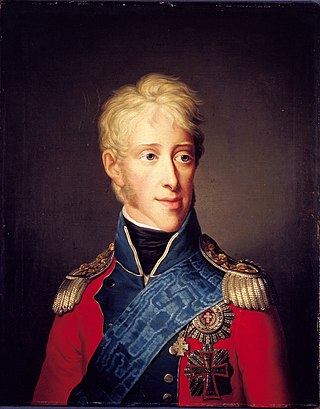
Frederick VI was king of Denmark from 13 March 1808 until his death in 1839 and king of Norway from 13 March 1808 to 7 February 1814. He was the last king of Denmark–Norway. From 1784 until his accession, he served as regent during his father's mental illness and was referred to as the "Crown Prince Regent". For his motto he chose God and the just cause and since the time of his reign, succeeding Danish monarchs have also chosen mottos in the Danish language rather than the formerly customary Latin. He was succeeded by his half cousin Christian.

Niels Juel was a Danish admiral and naval hero. He served as supreme command of the Dano-Norwegian Navy during the late 17th century and oversaw development of the Danish-Norwegian Navy.

The Great Northern War was the war fought between a coalition of Denmark–Norway, Russia and Saxony-Poland on one side and Sweden on the other side from 1700 to 1721. It started by a coordinated attack on Sweden by the coalition in 1700, and ended 1721 with the conclusion of the Treaty of Nystad, and the Stockholm Treaties. As a result of the war, Russia supplanted Sweden as the dominant power on the shores of the Baltic Sea, becoming a major player in European politics.

Christian Magnus Falsen was a Norwegian constitutional father, statesman, jurist, and historian. He was an important member of the Norwegian Constituent Assembly and was one of the writers of the Constitution of Norway.

Johan Collett Falsen was a Norwegian jurist and politician.
The Royal Norwegian Society of Sciences and Letters is a Norwegian learned society based in Trondheim. It was founded in 1760 and is Norway's oldest scientific and scholarly institution. The society's Protector is King Harald V of Norway. Its membership consists of no more than 435 members elected for life among the country's most prominent scholars and scientists.
Christian Jensen Lofthuus was a farmer from Risør, Norway. Between 1786-87, he led a large peasant revolt in Norway which became known as the Lofthusreisingen.

Enevold de Falsen was a Danish-Norwegian lawyer, poet, actor and statesman.

Otto Thott was a Danish Count, minister of state, and land owner. During his lifetime, he acquired Gavnø Castle and one of the largest private collections of book and manuscripts in Denmark.
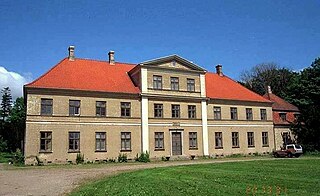
the Güldencrone family, also spelled Guldencrone and Gyldenkrone, is a Danish and Norwegian noble family with the rank of fief baron.
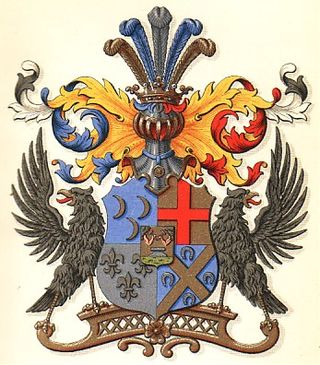
The Fabritius de Tengnagel family is a Danish and Norwegian noble family of German origin.
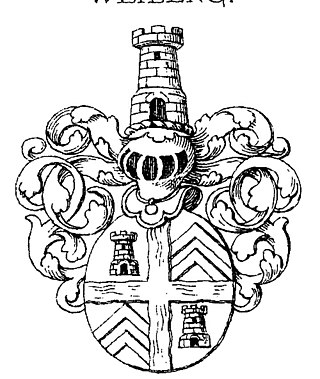
The Werenskiold family, also spelled Werenschiold, Wærenskiold, Werenskjold etcetera, is a Danish and Norwegian noble family living in Norway.
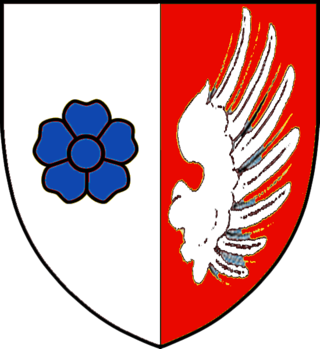
The Rosenvinge family is a Danish and Norwegian noble family.
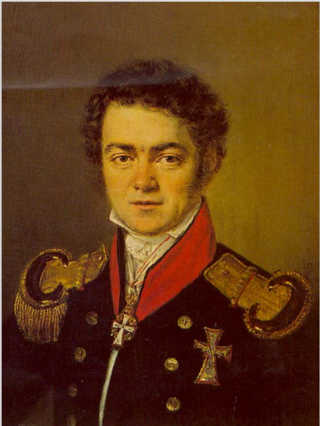
Jørgen Conrad de Falsen was a Danish-Norwegian naval officer who, despite being plagued by ill health, saw duty throughout the Gunboat War during the Napoleonic Wars, and eventually rose to the rank of rear admiral. He married twice, the second marriage being to a lady-in-waiting to the Danish Queen.
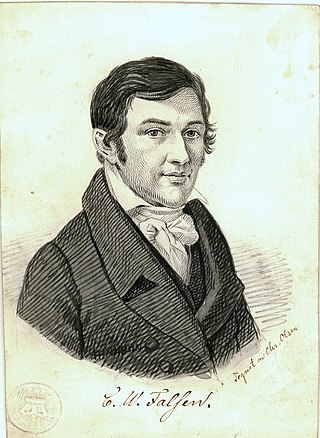
Carl Valentin Falsen was a Norwegian civil servant, a county governor, and member of the Storting.
Events in the year 1779 in Norway.
Events in the year 1658 in Norway.
Events from the 1570s in Denmark.
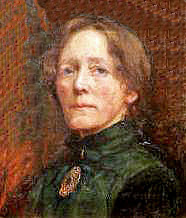
Marie (Mimi) Bolette Wilhelmine Falsen was a Norwegian painter. Her main theme were figure pictures and portraits.
{{cite web}}: CS1 maint: bot: original URL status unknown (link)